HMS Endeavour 50
Highlights about this Endeavour model ship:
- This model ship is entirely handmade by skilled and experienced craftsmen, using the plank on frame construction method• No kits are use
• Anchors, guns, decorations, and other intricate details sculpted of metal
• Meticulously sewn sails, keep shape and do not wrinkle
• Use high-quality wood such as rosewood, ebony, black wood, mahogany wood…. all will go through processing step pre-construction.
• This Endeavour model ships are build according to scale through original plans, drawings and paintings as well as actual photographs ensures the highest possible accuracy.
$179.99
HMS ENDEAVOUR
The 18th century
HMS Endeavour was a British Royal Navy research vessel that Lieutenant James Cook commanded on his first voyage of discovery, to Australia and New Zealand from 1769 to 1771.
She departed Plymouth in August 1768, rounded Cape Horn, and reached Tahiti in time to observe the 1769 transit of Venus across the Sun. She then set sail into the largely uncharted ocean to the south, stopping at the Pacific islands of Huahine, Borabora, and Raiatea to allow Cook to claim them for Great Britain. In September 1769, she anchored off New Zealand, the first European vessel to reach the islands since Abel Tasman’s Heemskerck 127 years earlier.
In April 1770, Endeavour became the first ship to reach the east coast of Australia, when Cook went ashore at what is now known as Botany Bay.
Largely forgotten after her epic voyage, Endeavour spent the next three years shipping Navy stores to the Falkland Islands. Renamed and sold into private hands in 1775, she briefly returned to naval service as a troop transport during the American Revolutionary War and was scuttled in a blockade of Narragansett Bay, Rhode Island in 1778.
Her wreck has not been precisely located, but relics, including six of her cannons and an anchor, are displayed at maritime museums worldwide. A replica of Endeavour was launched in 1994 and is berthed alongside the Australian National Maritime Museum in Sydney Harbour. The space shuttle Endeavour is named for the original ship.
Endeavour features on the New Zealand fifty cent piece in recognition of its significant place in the nation’s history.
| Weight | 2 lbs |
|---|---|
| Dimensions | 27.6 × 7.1 × 20.5 in |


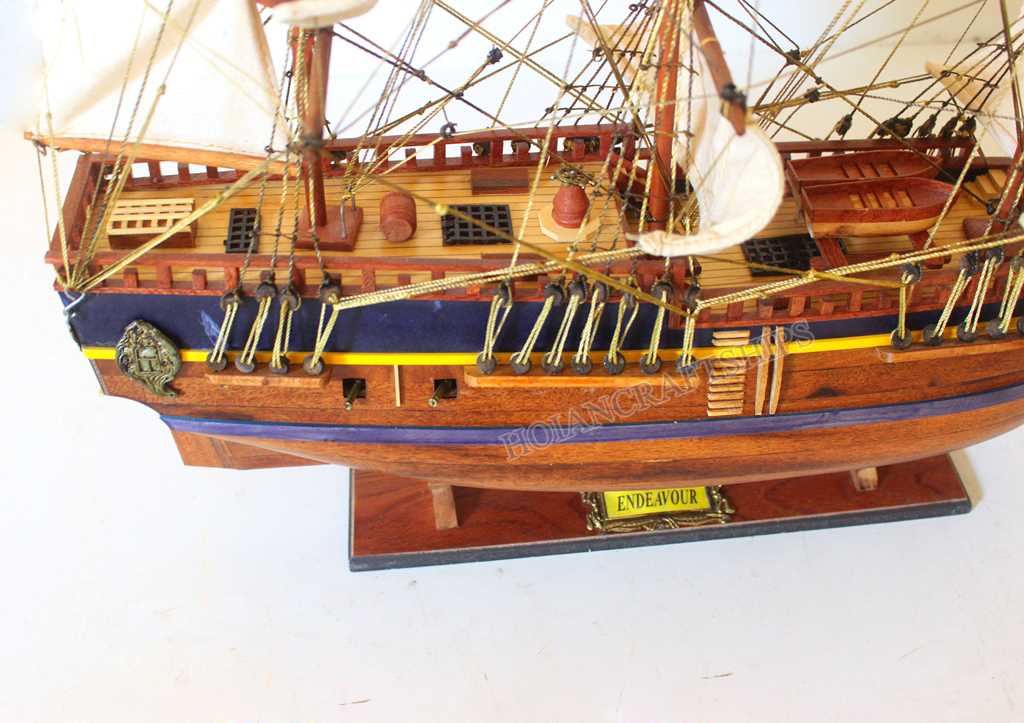
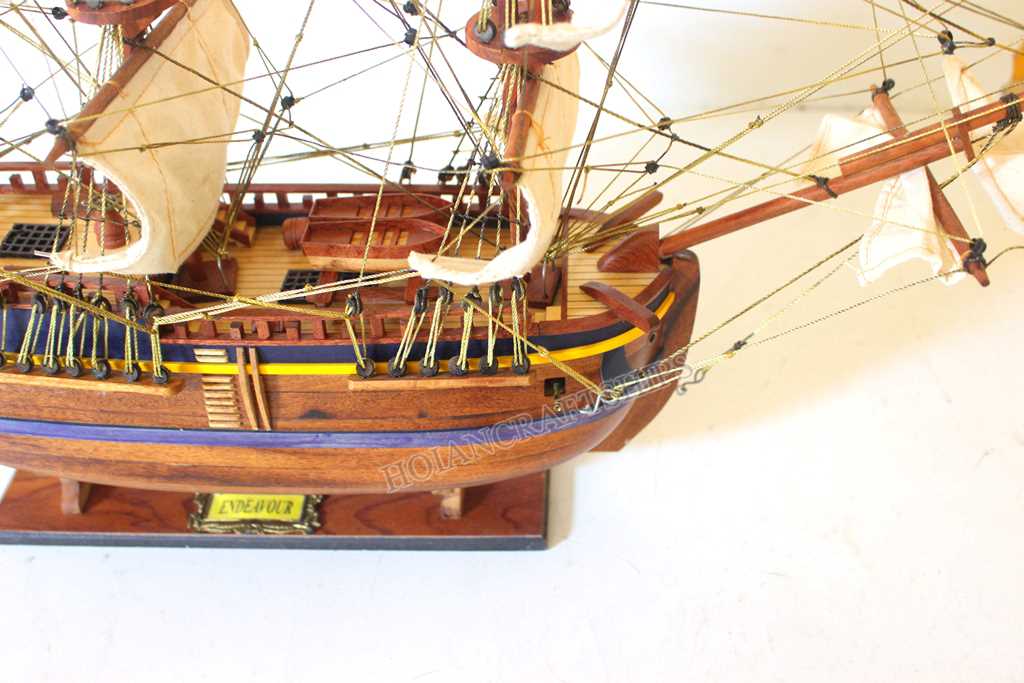
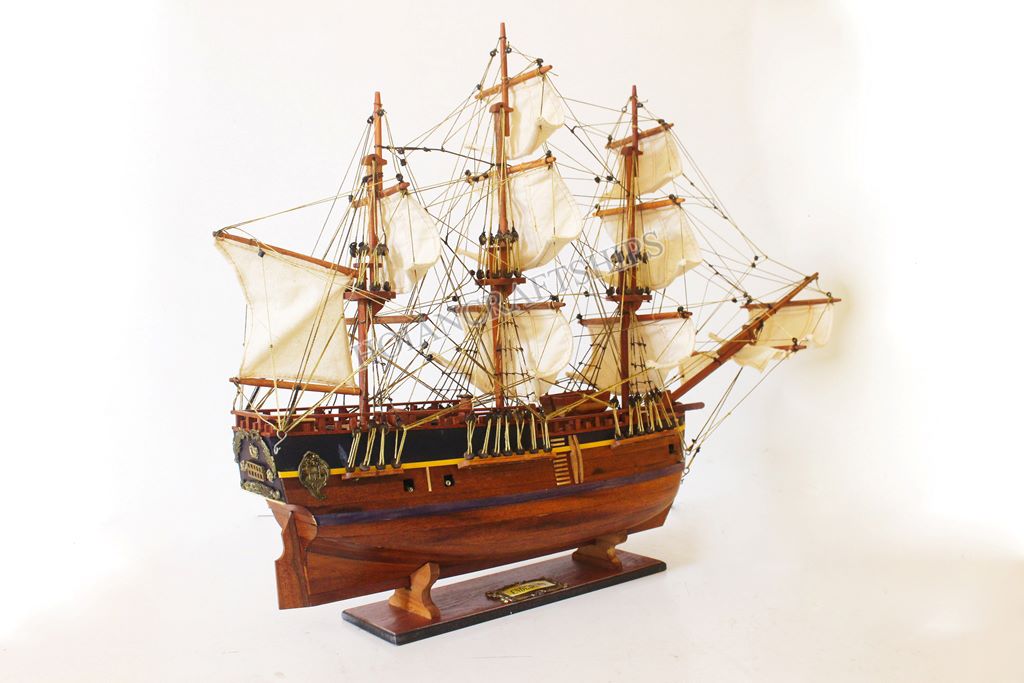
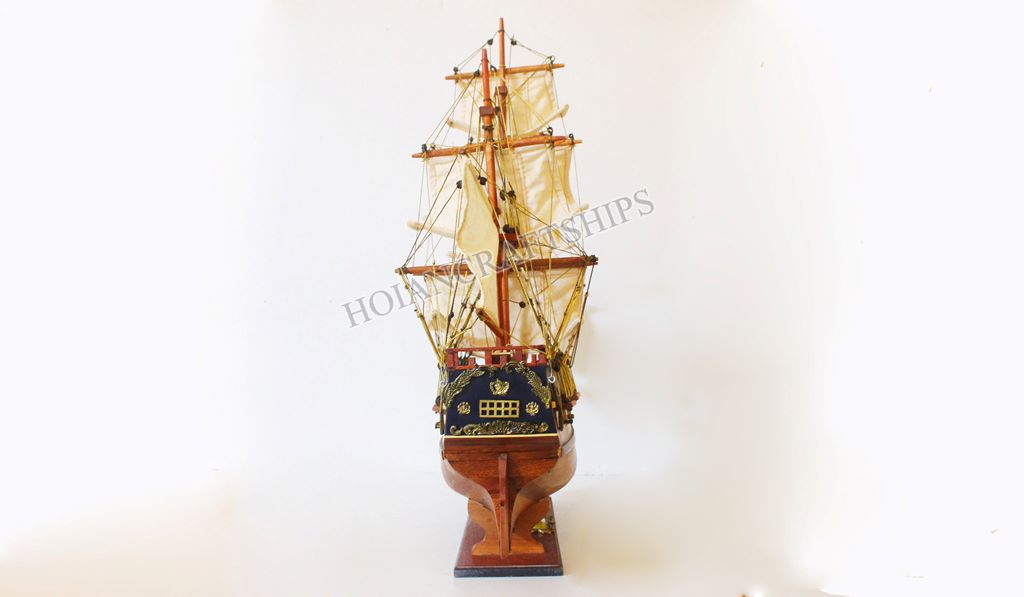
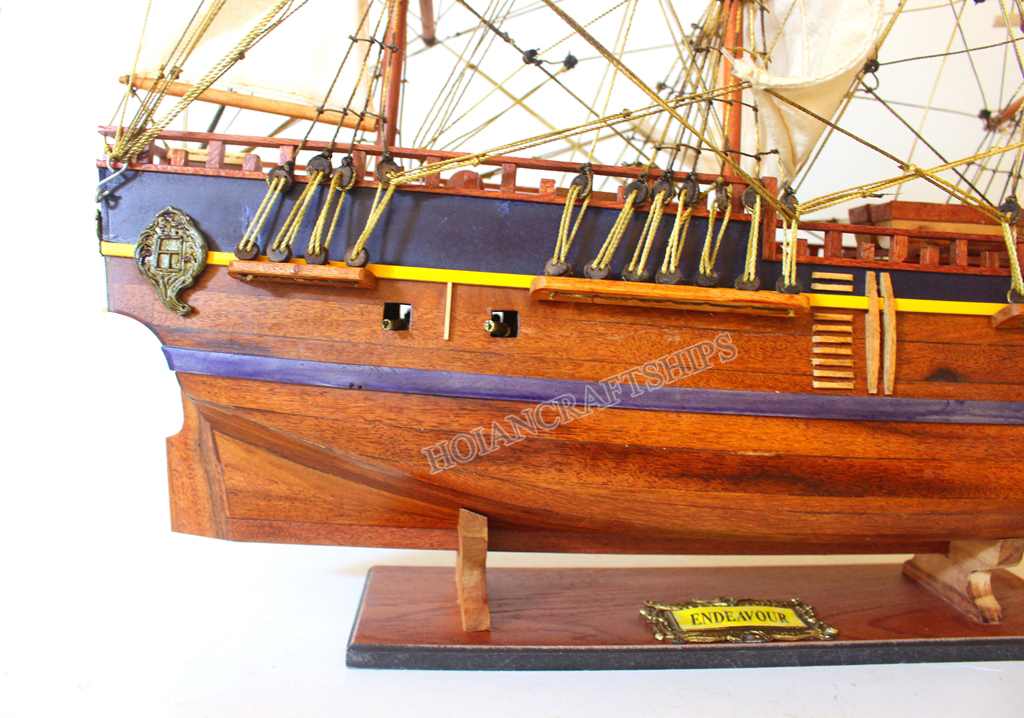

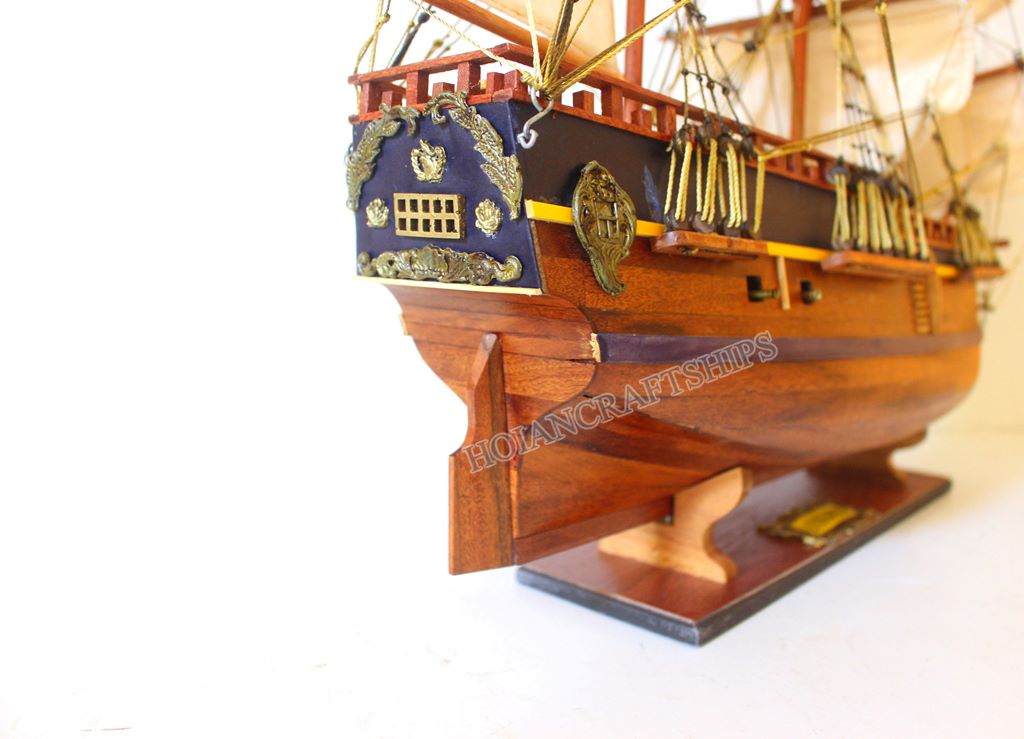
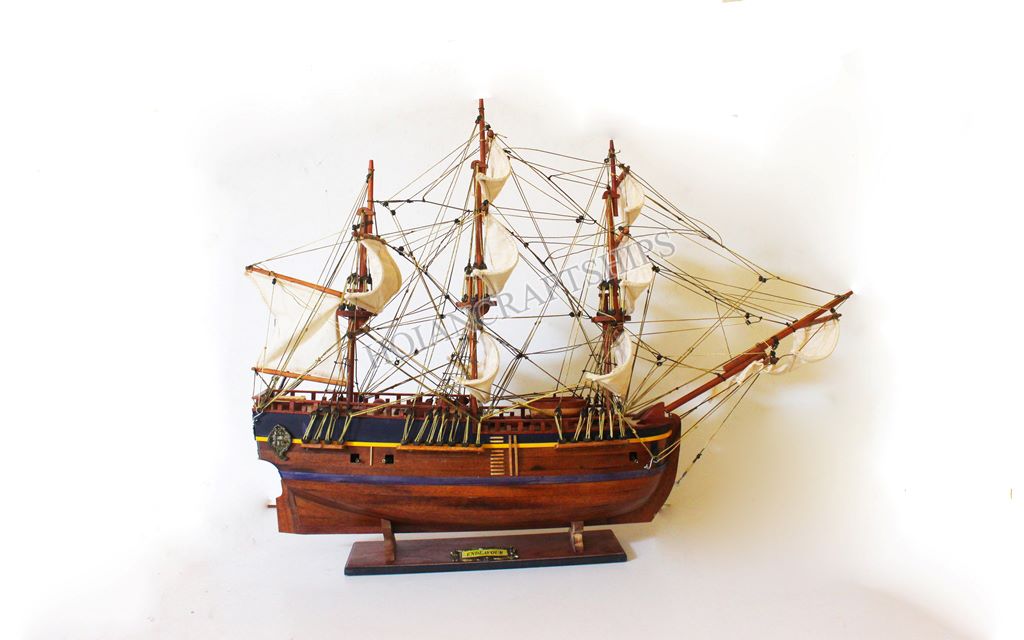

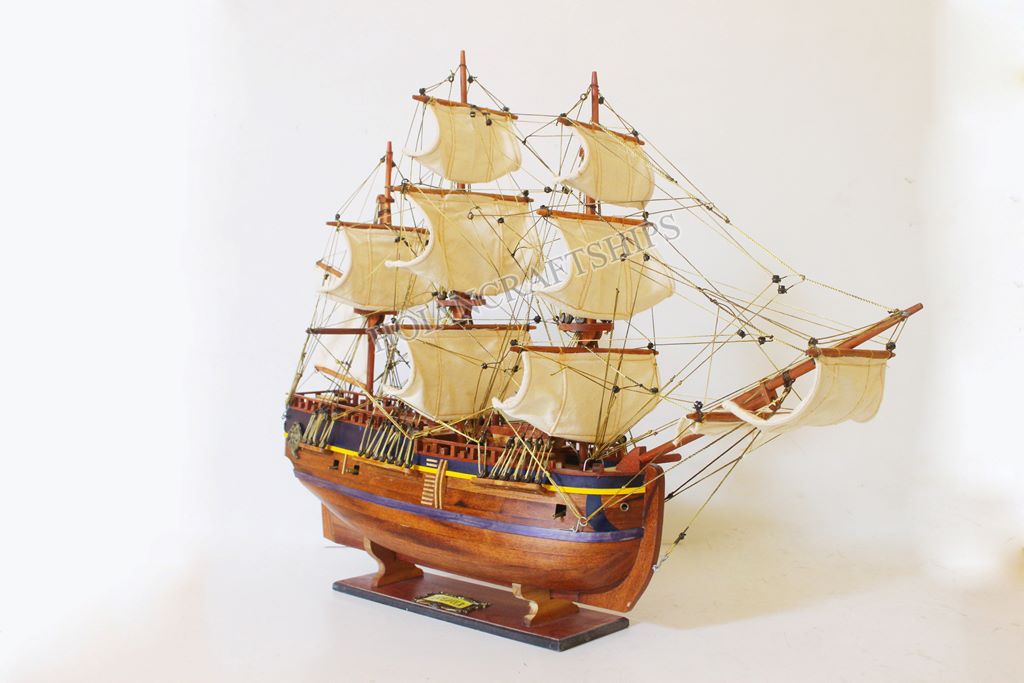
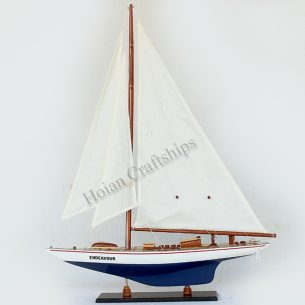
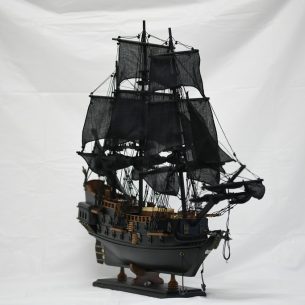
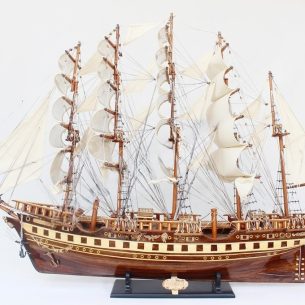
Reviews
There are no reviews yet